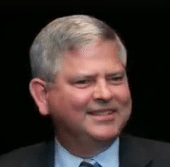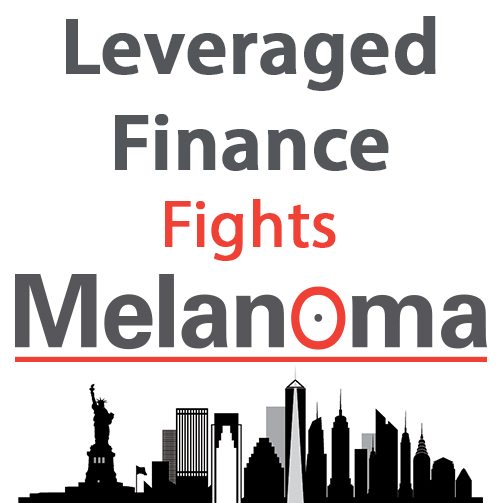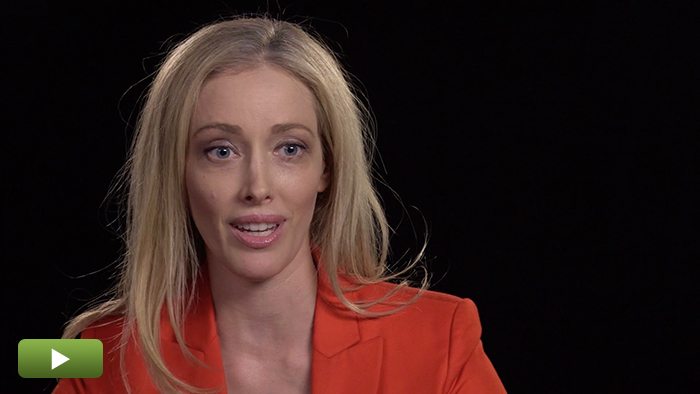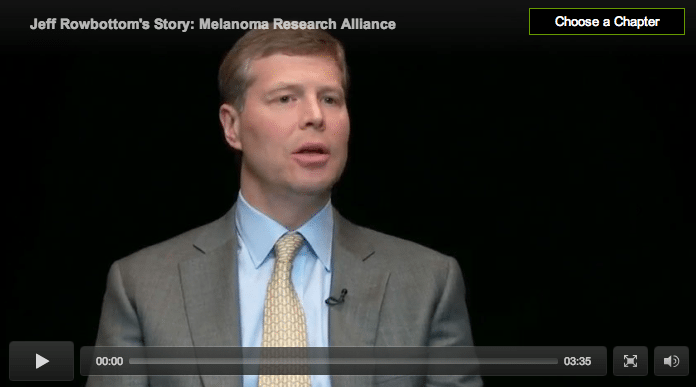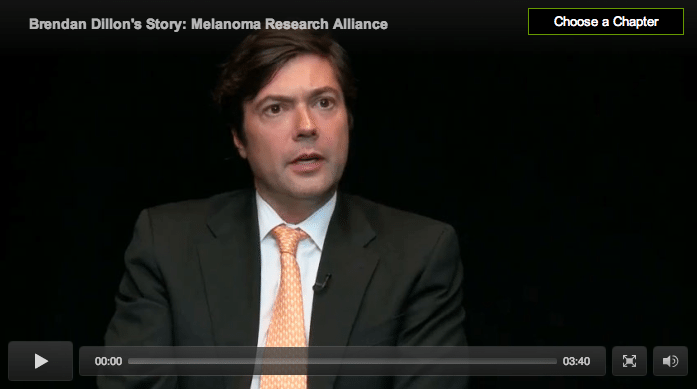James and Rusty’s Story
James Cross and Rusty Cline go way back: when Rusty was given a melanoma “death warrant” six years ago, Cross joined his friend in a long and daunting search for successful treatment options. With Cline’s health deteriorating, Cross connected with a board member at the Melanoma Research Alliance (MRA) and learned of cutting-edge research that was making a difference. In a video interview, Cross and Cline tell a story of diminishing hope being replaced by new optimism thanks to treatment techniques backed by the MRA.
Transcript Download Transcript
James and Rusty’s Story
The Melanoma Research Alliance
James Cross: We met in ninth grade in high school in Virginia. And we’ve known each other since then.
Rusty Cline: Ms. Roberts’ English class.
Eight years ago, Rusty noticed a suspicious mole, but waited months to get it checked out.
Rusty Cline: I’d had a very suspicious mole on my right shoulder for well over a year that changed a lot, changed colors, also bled. And since I procrastinate a lot, I was going to do it next week for a couple years or at least a year and a half. When I finally did have it looked at by a dermatologist and removed, before he ever sent it off, he had written down malignant melanoma on my report. But a week later, he called to confirm. And six-and-a-half years ago, there were not a lot of options. And he essentially gave me a death warrant. And he said, there’s not a lot of options here, but most people don’t make it past five years.
James helped his friend seek treatment options.
Cross: It’s been a long and daunting process, I’ve been around Rusty while he’s gone through it. But he says there’s not a lot of options. His doctors have tried lots and lots of things. He’s gone through chemo, radiation, lots of surgeries. And you can speak for yourself about how things progressed.
But he had tumors in his brain. He had several brain surgeries. As of last summer, he had over a dozen tumors in his body you could see or feel that were big. Just to fast-forward through the five years.
James sought advice from Jeff Rowbottom, a board member of the Melenoma Research Alliance.
Cross: I think what changed things, what connected the dots was as things got to be pretty discouraging, I spent a lot of time talking to Jeff whose involvement with the MRA and involvement and interest in research for cancer allowed him to convey to me a lot of the exciting stuff that was going on.
And so talking to Jeff got me fired up to just really drag Rusty up to New York and convince him to go and go to a place where some of this research that was supported by the MRA in immunotherapy was being done. And fortuitously, he went to Sloan-Kettering and they were able to put him in a trial, immunotherapy trial, a combination trial. That’s very exciting. It’s cutting-edge stuff.
I always thought that if a loved one or a friend got malignant, stage four cancer, that some miraculous cure would come along just in time. And it feels like there’s a just-in-time element to this, at least in this case. And just in time, in the sense that through talking to Jeff and MRA, we got involved in some of the research. And just in time, in the sense that this trial is being funded by the MRA and it’s real time. And so, the hopeful news is that it seems to be working.
Rusty’s skepticism gave way to hope.
Kline: I was out of options. I was sick. And I probably did not have much time at all. And essentially, I’d given up. I didn’t have any other choice. But I didn’t believe it would make a difference. I did it to satisfy a friend.
And after the first treatment, and the research nurses had this reported from other people, I actually felt it work. And the last scans that were completed at Sloan, I had 78 percent reduction of all the tumors. And that was after less than six months.
Cross: The thing that jumps out at me is the doctor said to him, “Okay, let’s get busy.” And so here was a guy who basically thought he was out of options. And here are these researchers, these doctors and nurses and all the patients who help in the research by participating in the trials, just stepping at the gap and saying, “Let’s get busy.” It’s a tremendously hopeful thing. And it’s working. And it’s supported by people. I mean, that’s the action the people can do is to support that kind of thing.
Kline: The message that I’d like to get out is that you have a lot of opportunities to donate to potential cures, trials. Here’s an opportunity to donate to one that is working and that will only get better.

